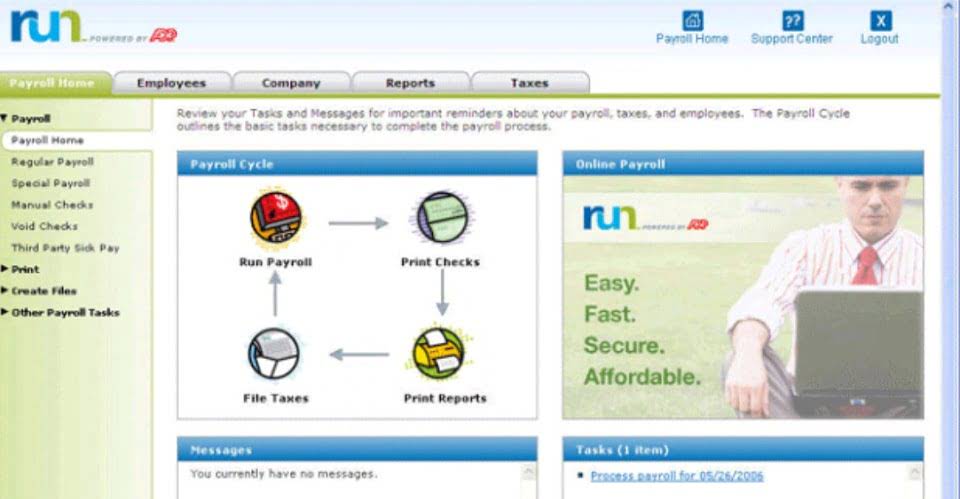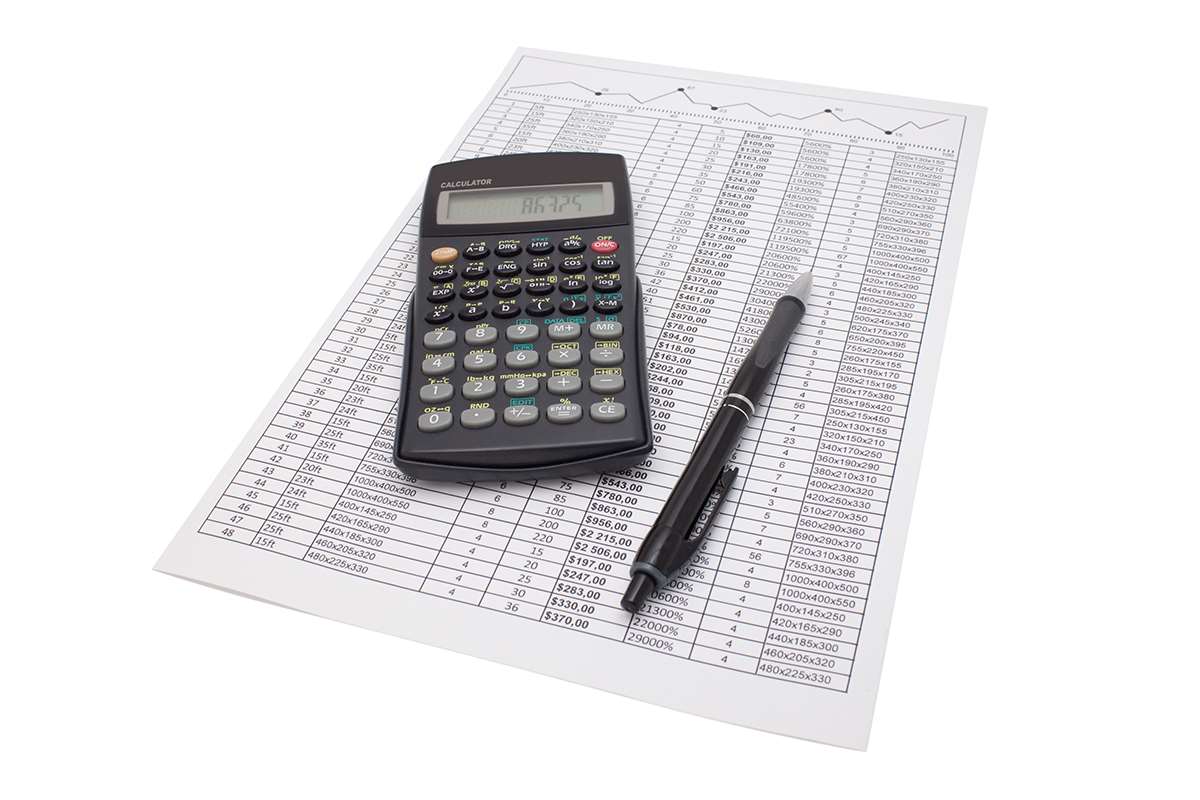
Notice that the formula of predetermined overhead rate is entirely based on estimates. The overhead applied to products or job orders would, therefore, be different from the actual overhead incurred by jobs or products. The comparison of applied and actual overhead gives us the Online Accounting amount of over or under-applied overhead during the period which is eliminated through recording appropriate journal entries at the end of the period.
B. Importance of Predetermined Overhead Rates

If actual manufacturing over head cost what is predetermined overhead rate is applied to jobs, the company must wait until the end of the accounting period to apply overhead and to cost jobs. The estimated or budgeted overhead is the amount of overhead determined during the budgeting process and consists of manufacturing costs but, as you have learned, excludes direct materials and direct labor. Examples of manufacturing overhead costs include indirect materials, indirect labor, manufacturing utilities, and manufacturing equipment depreciation. Another way to view it is overhead costs are those production costs that are not categorized as direct materials or direct labor. Recall from Chapter 1 that manufacturing overhead consists of all costs related to the production process other than direct materials and direct labor.
Methods of Applying Predetermined Overhead Rates
- Calculating predetermined overhead rates involves estimating total overhead costs and selecting an appropriate allocation base.
- The predetermined overhead rate computed above is known as single or plant-wide overhead rate which is mostly used by small companies.
- When companies begin the planning process of manufacturing a product, cost projections are a large and important focus.
- Because manufacturing overhead costs are difficult to trace to specific jobs, the amount allocated to each job is based on an estimate.
- Knowing the estimated cost-per-unit after production is a powerful tool for businesses.
The rate is configured by dividing the assumed overhead amount for a particular period by a certain activity base. The movie industry uses job order costing, and studios need to allocate overhead to each movie. Their amount of allocated overhead is not publicly known because while publications share how much money a movie has produced in ticket sales, it is rare that the actual expenses are released to the public. The overhead rate or percentage is the sum your organization spends on making an item or providing services to its clients. Calculating the overhead rate can be done by dividing the indirect costs by the direct costs and multiply by 100. Overhead expenses are what it costs to run the business, including rent, insurance, and utilities.
Is electricity an overhead cost?

Recording the application of overhead costs to a job is further illustrated in the T- accounts that follow. Office supplies are considered overhead because they do not directly create revenues. Electricity is a cost that can vary from month to month and is a variable overhead cost unless it is part of the production process. Indirect costs are costs that are not directly traceable to an activity or product. Cost objects are items for which costs are compiled, such as products, product lines, customers, retail stores, and distribution channels.

Any process that forces a business to analyze overhead and to note areas for improvement can have a positive effect on profitability. Locate weak spots and areas in which overhead stands to decrease, through the creation of efficiencies, that will reduce the production cost and will increase profit margins. Savings on utilities, operational costs and sourcing raw materials, all factor into the equation.

Various tools help in calculating and applying predetermined overhead rates effectively. If the amount is material, it should be closed to three different accounts—work-in-process (WIP) inventory, finished goods inventory, and cost of goods sold—in proportion to the account balances in these accounts. A clearing account is used to hold financial data temporarily and is closed out at the end of the period before preparing financial statements. Under generally accepted accounting principles (GAAP), absorption costing is required for external reporting. Absorption costing is an accounting method that captures all of the costs involved in manufacturing a product when valuing inventory.

Chapter 2: Job Order Cost System
Utility bills, raw materials, labor, employees, equipment and everything that factors into the production of a product will Bookkeeping vs. Accounting enter the predetermined overhead rate calculation. Historic overhead rates are useful for analyzing consistent expenses and expenses that spike seasonally. After weighing the total costs for the period against the resulting supply, the predetermined rate is reached on a per-unit basis. A manufacturing overhead account is used to track actual overhead costs (debits) and applied overhead (credits). This method helps in maintaining accurate and up-to-date cost information, which is essential for setting product prices, controlling costs, and analyzing profitability.
- The company’s budget shows an estimated manufacturing overhead cost of $16,000 for the forthcoming year.
- Calculating predetermined overhead rates is useful for businesses in a number of ways.
- The cost of some of these items can vary based on the job or number of units produced and may require job-order costing or activity-based costing.
- … Applied overhead stands in contrast to general overhead, which is an indirect overhead, such as utilities, salaries, or rent.
- Predetermined overhead cost rates are essential for timely cost allocation, budgeting, and financial reporting.
- Any process that forces a business to analyze overhead and to note areas for improvement can have a positive effect on profitability.
- All these costs are recorded as debits in the manufacturing overhead account when incurred.
- Boeing Company is the world’s leading aerospace company and the largest manufacturer of commercial jetliners and military aircraft combined.
- A manufacturing overhead account is used to track actual overhead costs (debits) and applied overhead (credits).
- This proactive approach to overhead cost management supports better decision-making and resource allocation, ultimately contributing to the overall financial health and efficiency of the business.
- Applied overhead is the amount of overhead cost that has been applied to a cost object.
- As you have learned, the overhead needs to be allocated to the manufactured product in a systematic and rational manner.
Because manufacturing overhead costs are difficult to trace to specific jobs, the amount allocated to each job is based on an estimate. The process of creating this estimate requires the calculation of a predetermined rate. To gain a better understanding of this concept, it is important to understand the differences between operating expenses and overhead expenses. In general, management teams will divide expenses between these two categories because they provide broader insight into an accurate product cost and the manufacturing of a product. Dividing expenses by operating and overhead help to set prices accordingly and increase profit margins. Manufacturing operating expenses typically are comprised of machines, direct materials cost, direct labor hours and actual machine hours needed to manufacture a product.

Recent Comments